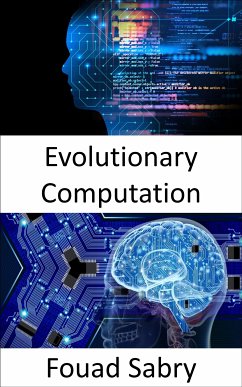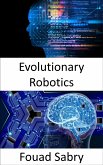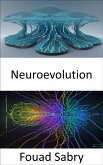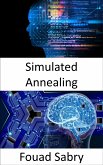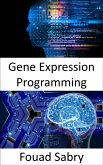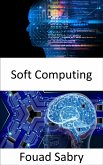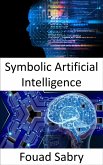What Is Evolutionary Computation
The term "evolutionary computation" refers to both a subfield of artificial intelligence and soft computing in the field of computer science that studies various optimization algorithms and a family of algorithms for global optimization that are inspired by biological evolution. They belong to a family of problem solvers known as population-based trial and error problem solvers, and they either have a metaheuristic or stochastic optimization flavor.
How You Will Benefit
(I) Insights, and validations about the following topics:
Chapter 1: Evolutionary computation
Chapter 2: Differential evolution
Chapter 3: Dual-phase evolution
Chapter 4: Evolutionary algorithm
Chapter 5: Evolutionary programming
Chapter 6: Neuroevolution
Chapter 7: Evolutionary robotics
Chapter 8: Grammatical evolution
Chapter 9: Human-based evolutionary computation
Chapter 10: Interactive evolutionary computation
(II) Answering the public top questions about evolutionary computation.
(III) Real world examples for the usage of evolutionary computation in many fields.
(IV) 17 appendices to explain, briefly, 266 emerging technologies in each industry to have 360-degree full understanding of evolutionary computation' technologies.
Who This Book Is For
Professionals, undergraduate and graduate students, enthusiasts, hobbyists, and those who want to go beyond basic knowledge or information for any kind of evolutionary computation.
The term "evolutionary computation" refers to both a subfield of artificial intelligence and soft computing in the field of computer science that studies various optimization algorithms and a family of algorithms for global optimization that are inspired by biological evolution. They belong to a family of problem solvers known as population-based trial and error problem solvers, and they either have a metaheuristic or stochastic optimization flavor.
How You Will Benefit
(I) Insights, and validations about the following topics:
Chapter 1: Evolutionary computation
Chapter 2: Differential evolution
Chapter 3: Dual-phase evolution
Chapter 4: Evolutionary algorithm
Chapter 5: Evolutionary programming
Chapter 6: Neuroevolution
Chapter 7: Evolutionary robotics
Chapter 8: Grammatical evolution
Chapter 9: Human-based evolutionary computation
Chapter 10: Interactive evolutionary computation
(II) Answering the public top questions about evolutionary computation.
(III) Real world examples for the usage of evolutionary computation in many fields.
(IV) 17 appendices to explain, briefly, 266 emerging technologies in each industry to have 360-degree full understanding of evolutionary computation' technologies.
Who This Book Is For
Professionals, undergraduate and graduate students, enthusiasts, hobbyists, and those who want to go beyond basic knowledge or information for any kind of evolutionary computation.
Dieser Download kann aus rechtlichen Gründen nur mit Rechnungsadresse in A, B, BG, CY, CZ, D, DK, EW, E, FIN, F, GR, H, IRL, I, LT, L, LR, M, NL, PL, P, R, S, SLO, SK ausgeliefert werden.

